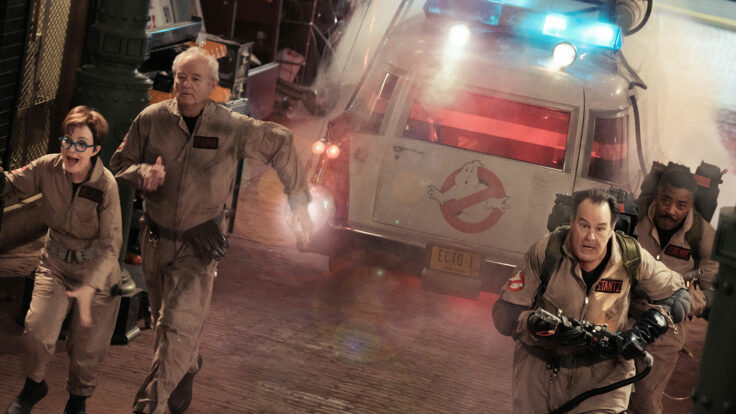These days, the biggest stories about Amazon Prime Video focus on the platform’s biggest misses. Citadel, the spy series that cost more than $250 million and yet failed to top Nielsen’s weekly streaming chart, is the latest example. Rings of Power, Amazon’s big Lord of the Rings series that was bested by HBO’s House of the Dragon each week last fall, is another.
Of course, it’s unfair to compare Prime Video to the other big streamers. It’s not a new service from a legacy media company, like Paramount+, Peacock, Disney+, or Max. Nor is it a standalone pure play platform like Netflix or Hulu. On the contrary, Prime Video, like Apple TV+, is a shingle atop a multi-trillion-dollar technology company, designed to increase overall value. Sure, all these companies hope that streaming pixie dust will filter down to sister business units, like theme parks or merchandise. But Amazon is unique in looking at the number of Prime customers who sign up through Prime Video, or who use Prime Video and then shop on its e-commerce site, as a key performance indicator.

















